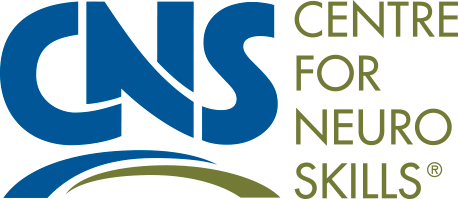C
| A | B | C | D | E | F | G | H | I | J | K | L | M | N | O | P | R | S | T | U | V |
Case Management
Facilitating the access of a patient to appropriate medical, rehabilitation and support programs, and coordination of the delivery of services. This role may involve liaison with various professionals and agencies, advocacy on behalf of the patient, and arranging for purchase of services where no appropriate programs are available.
Catheter
A flexible tube for withdrawing fluids from, or introducing fluids into, a cavity of the body. Frequently used to drain the urinary bladder (Foley catheter).
Cerebellum
The portion of the brain (located at the back) which helps coordinate movement. Damage may result in ataxia.
Cerebral-spinal Fluid (CSF)
Liquid which fills the ventricles of the brain and surrounds the brain and spinal cord.
Chronic
Marked by long duration or frequent recurrence.
Circumlocution
Use of other words to describe a specific word or idea which cannot be remembered.
Client
A person under the protection of another; one who engages the professional advice or services of another. See Consumer and Patient.
Clonus
A sustained series of rhythmic jerks following quick stretch of a muscle.
Cognition
The conscious process of knowing or being aware of thoughts or perceptions, including understanding and reasoning.
Cognitive Rehabilitation
Therapy programs which aid persons in the management of specific problems in perception, memory, thinking and problem solving. Skills are practiced and strategies are taught to help improve function and/or compensate for remaining deficits. The interventions are based on an assessment and understanding of the person's brain-behavior deficits and services are provided by qualified practitioners.
Coma
A state of unconsciousness from which the patient cannot be awakened or aroused, even by powerful stimulation; lack of any response to one's environment. Defined clinically as an inability to follow a one-step command consistently; Glasgow Coma Scale score of 8 or less.
Communicative Disorder
An impairment in the ability to 1) receive and/or process a symbol system, 2) represent concepts or symbol systems, and/or 3) transmit and use symbol systems. The impairment may be observed in disorders of hearing, language, and/or speech processes.
Community Skills
Those abilities needed to function independently in the community. They may include: telephone skills, money management, pedestrian skills, use of public transportation, meal planning and cooking.
Comprehension
Understanding of spoken, written, or gestural communication.
Concentration
Maintaining attention on a task over a period of time; remaining attentive and not easily diverted.
Concrete Thinking
A style of thinking in which the individual sees each situation as unique and is unable to generalize from the similarities between situations. Language and perceptions are interpreted literally so that a proverb such as "a stitch in time saves nine" cannot be readily grasped.
Concussion
The common result of a blow to the head or sudden deceleration usually causing an altered mental state, either temporary or prolonged. Physiologic and/or anatomic disruption of connections between some nerve cells in the brain may occur. Often used by the public to refer to a brief loss of consciousness.
Confabulation
A memory error producing fabricated, distorted, or misinterpreted memories about oneself or the world, without the conscious intention to deceive.
Confusion
A state in which a person is bewildered, perplexed, or unable to self-orient.
Conjugate Movement
Both eyes move simultaneously in the same direction. Convergence of the eyes toward the midline (crossed eyes) is a disconjugate movement.
Contracture
Loss of range of motion in a joint due to abnormal shortening of soft tissues.
Convergence
Movement of two eyeballs inward to focus on an object moved closer. The nearer the object, the greater is the degree of convergence necessary to maintain single vision. See also vision after head injury.
Cortical Blindness
Loss of vision resulting from a lesion of the primary visual areas of the occipital lobe. Light reflex is preserved.
Contrecoup
Also known as coup-contrecoup. Bruising of brain tissue on the side opposite where the blow was struck.
CT Scan/Computerized Axial Tomography
A series of X-rays taken at different levels of the brain that allows the direct visualization of the skull and intracranial structures. A scan is often taken soon after the injury to help decide if surgery is needed. The scan may be repeated later to see how the brain is recovering.

